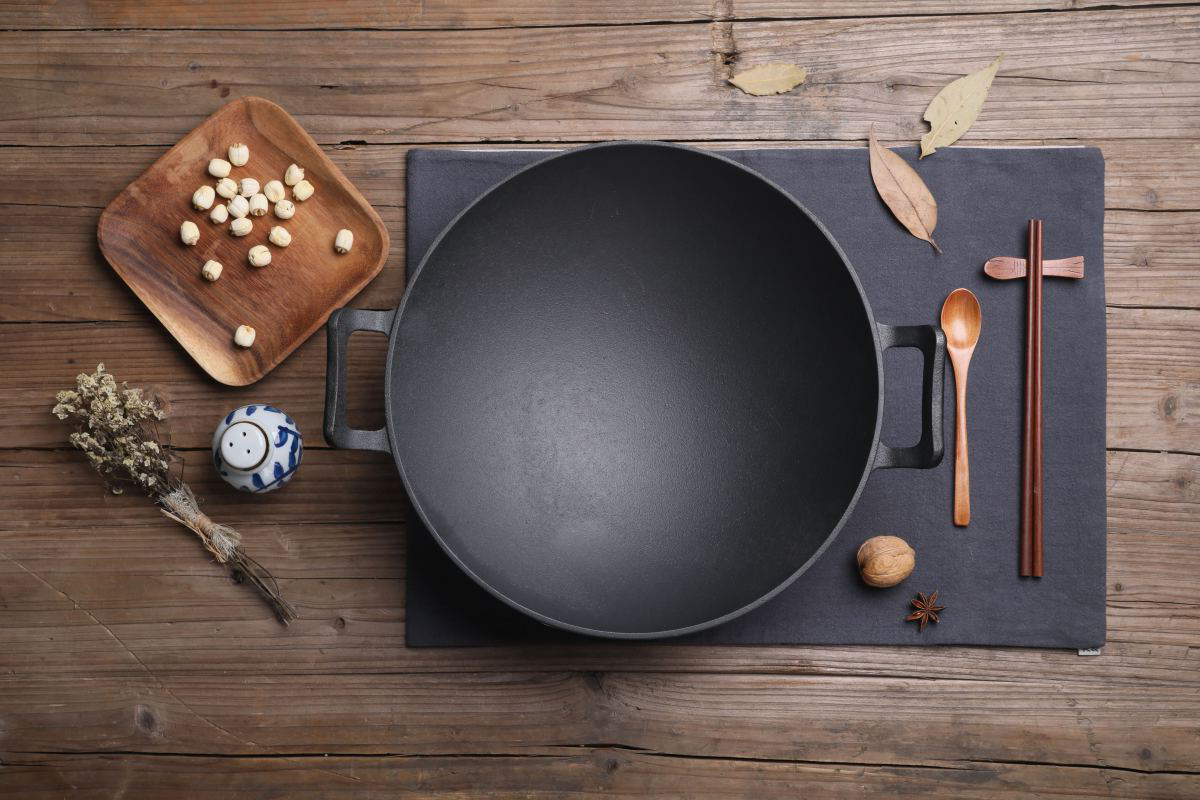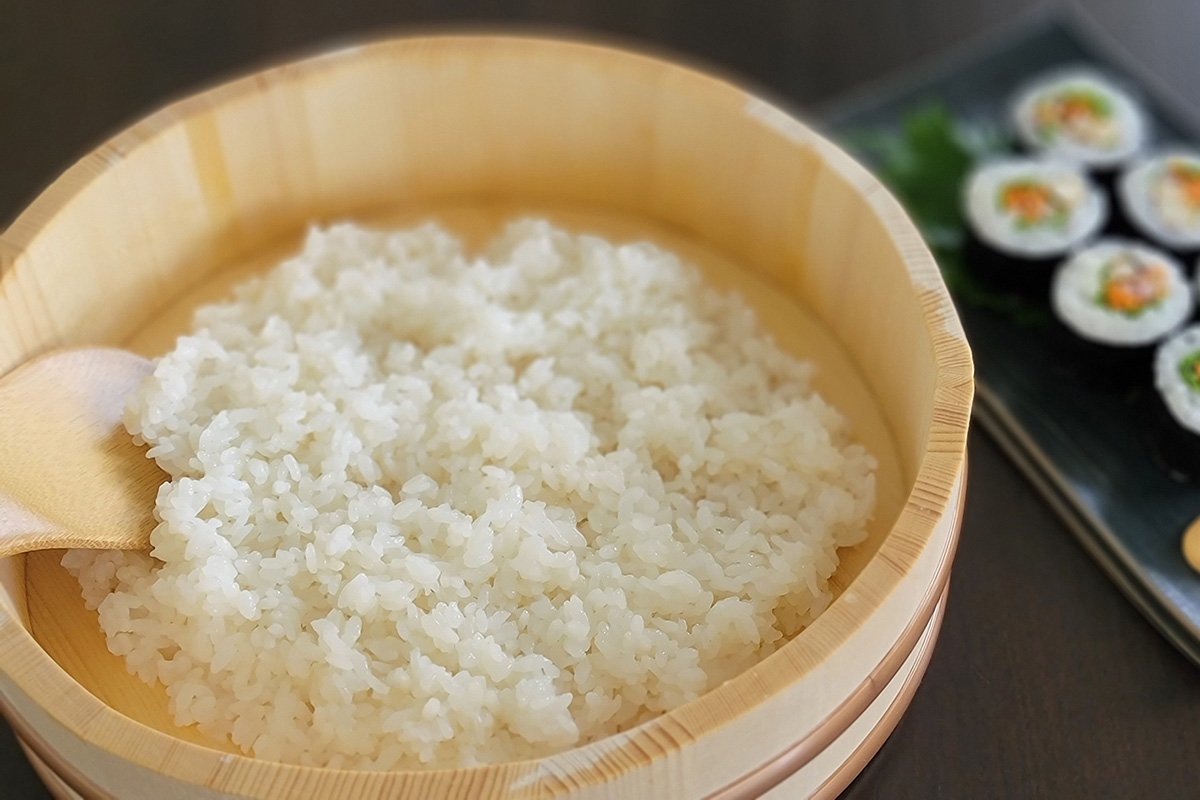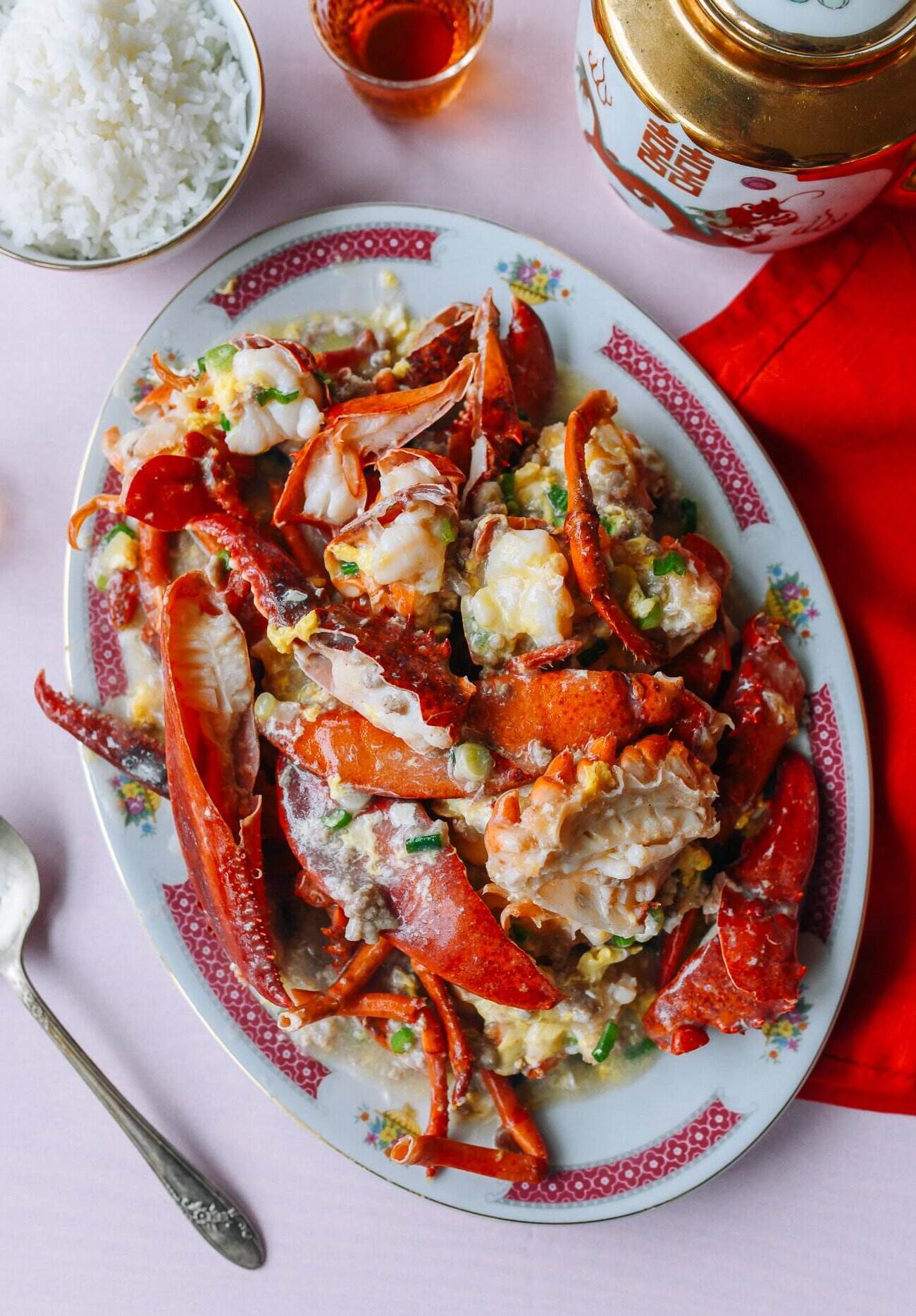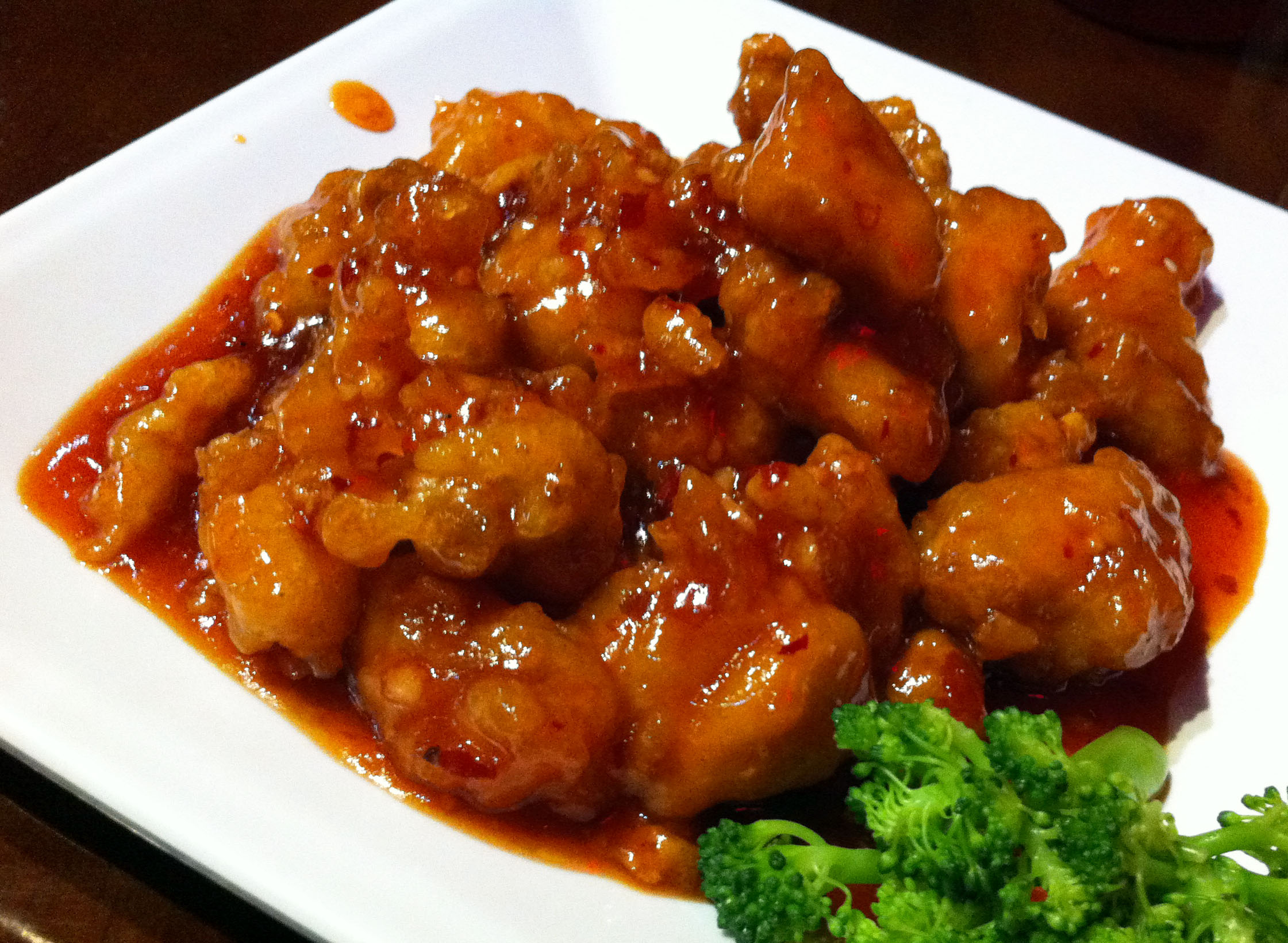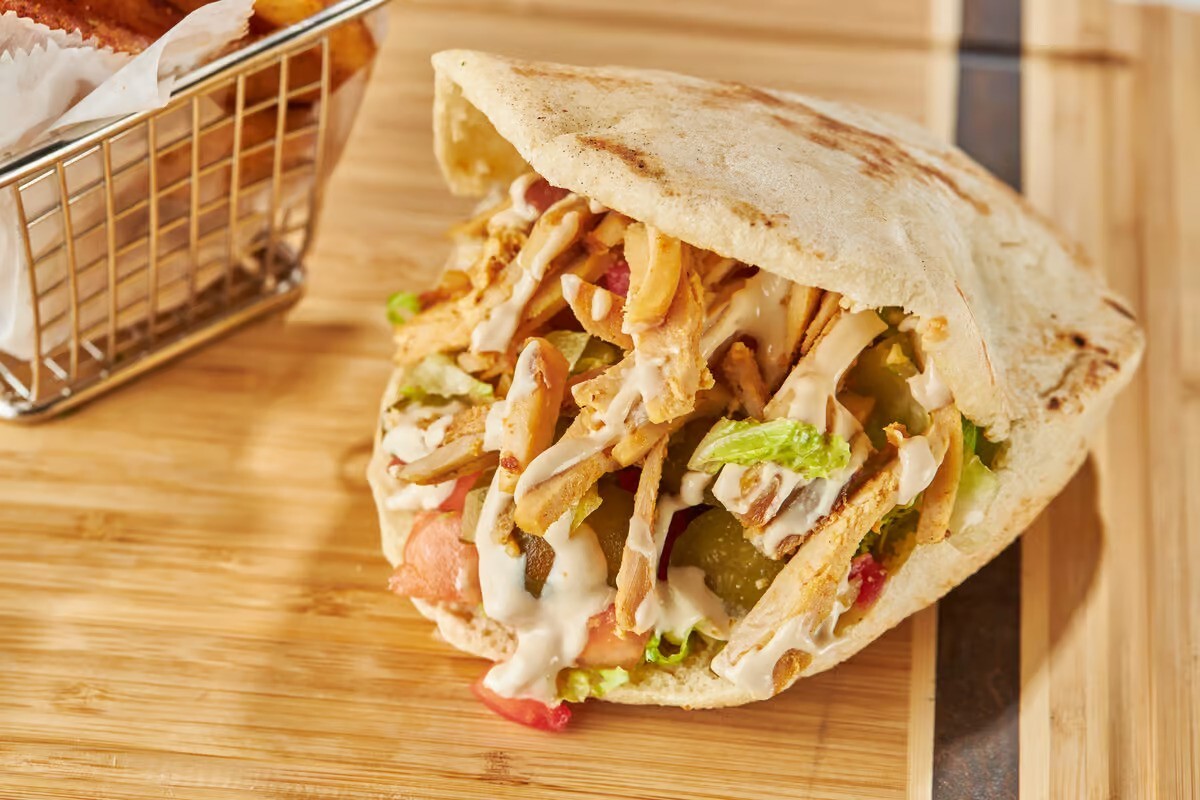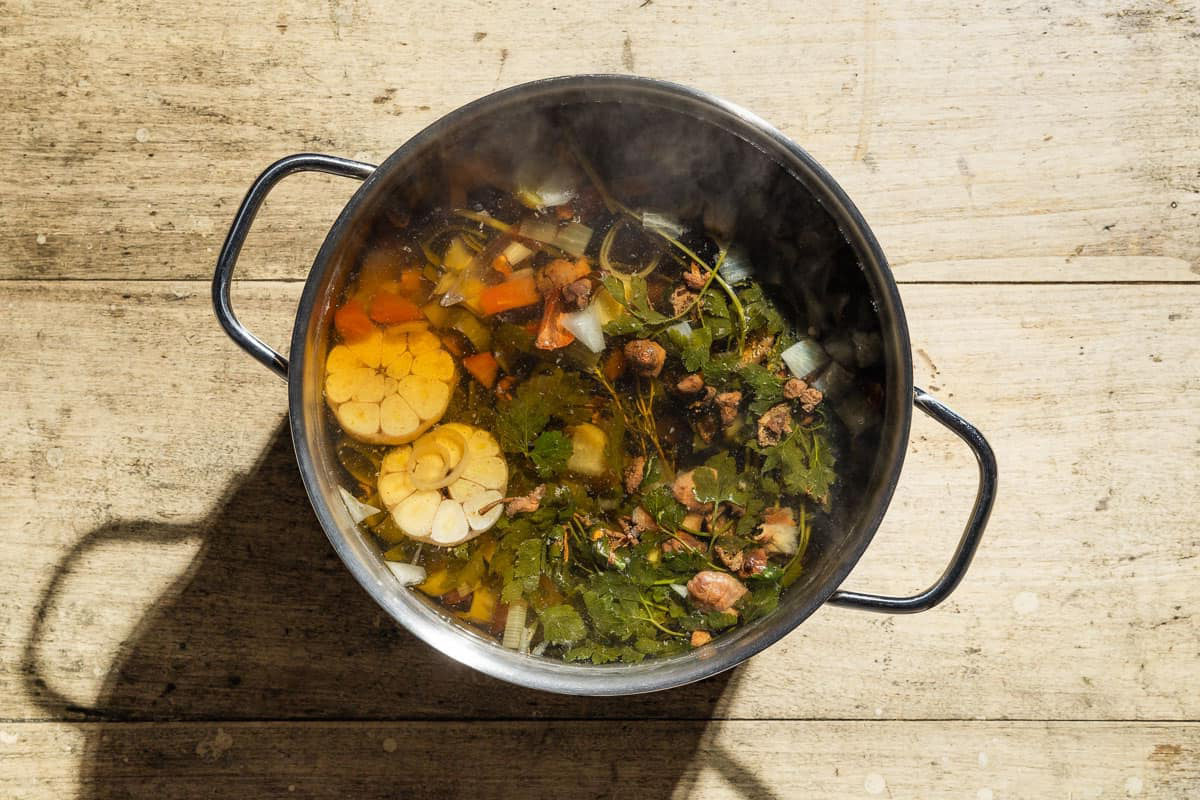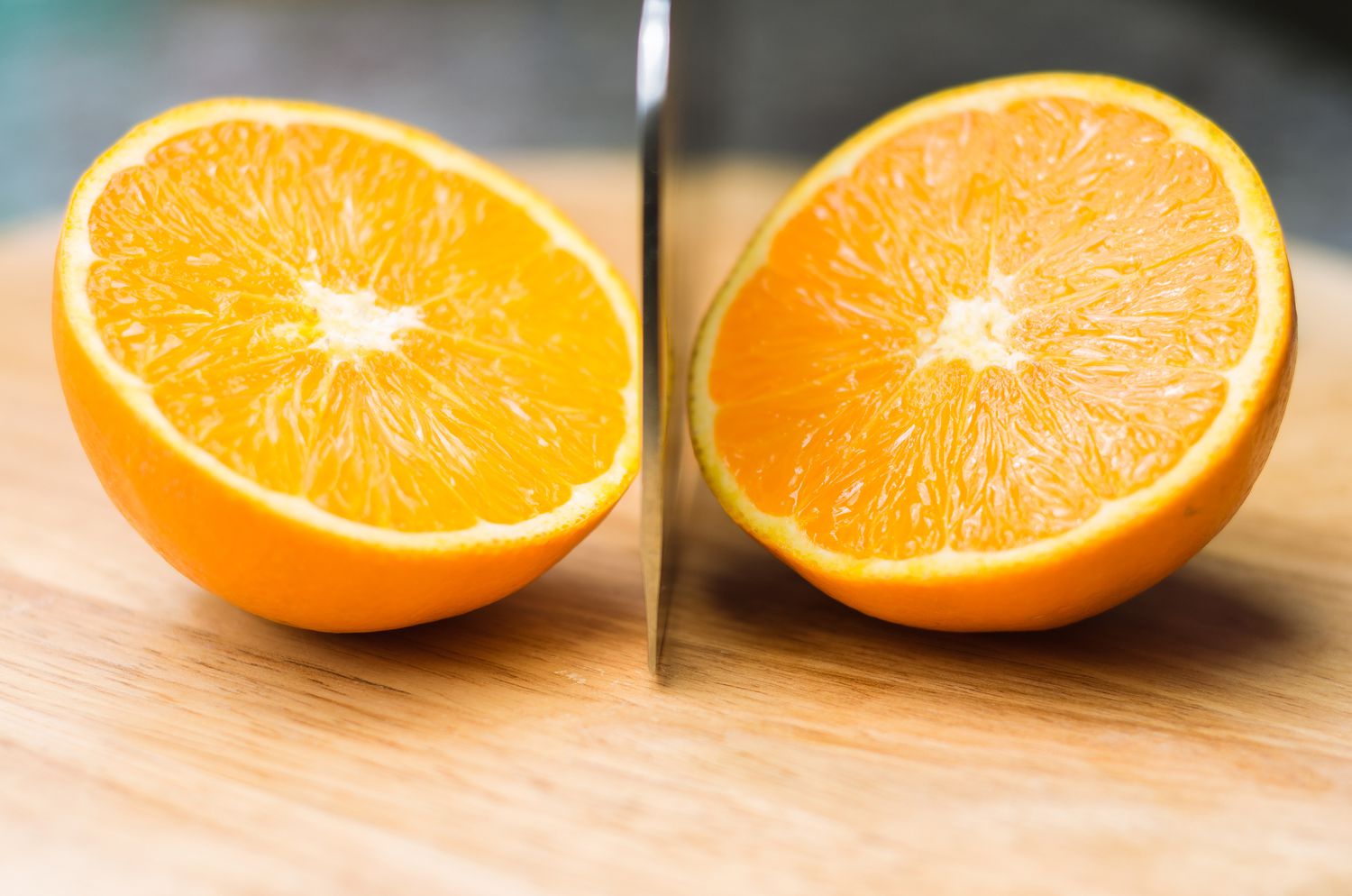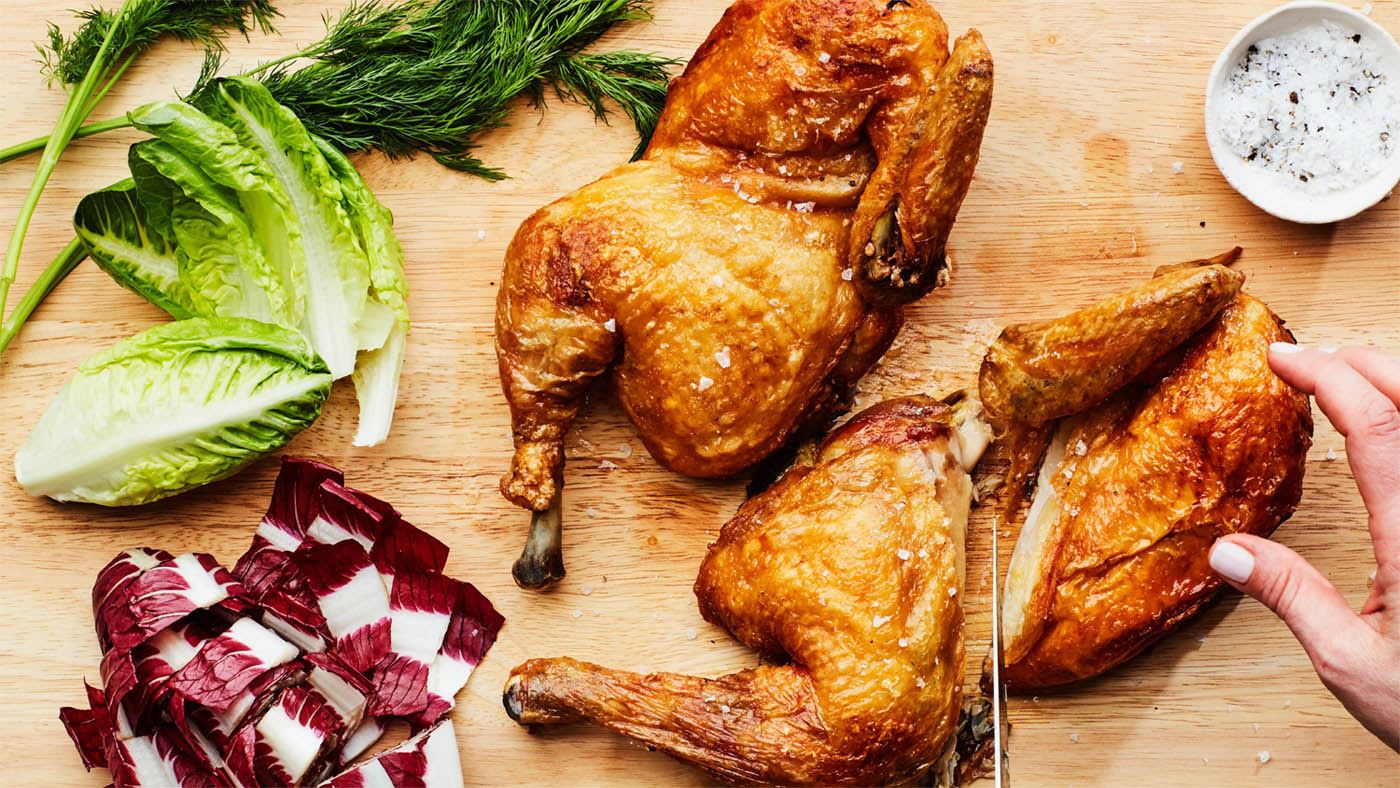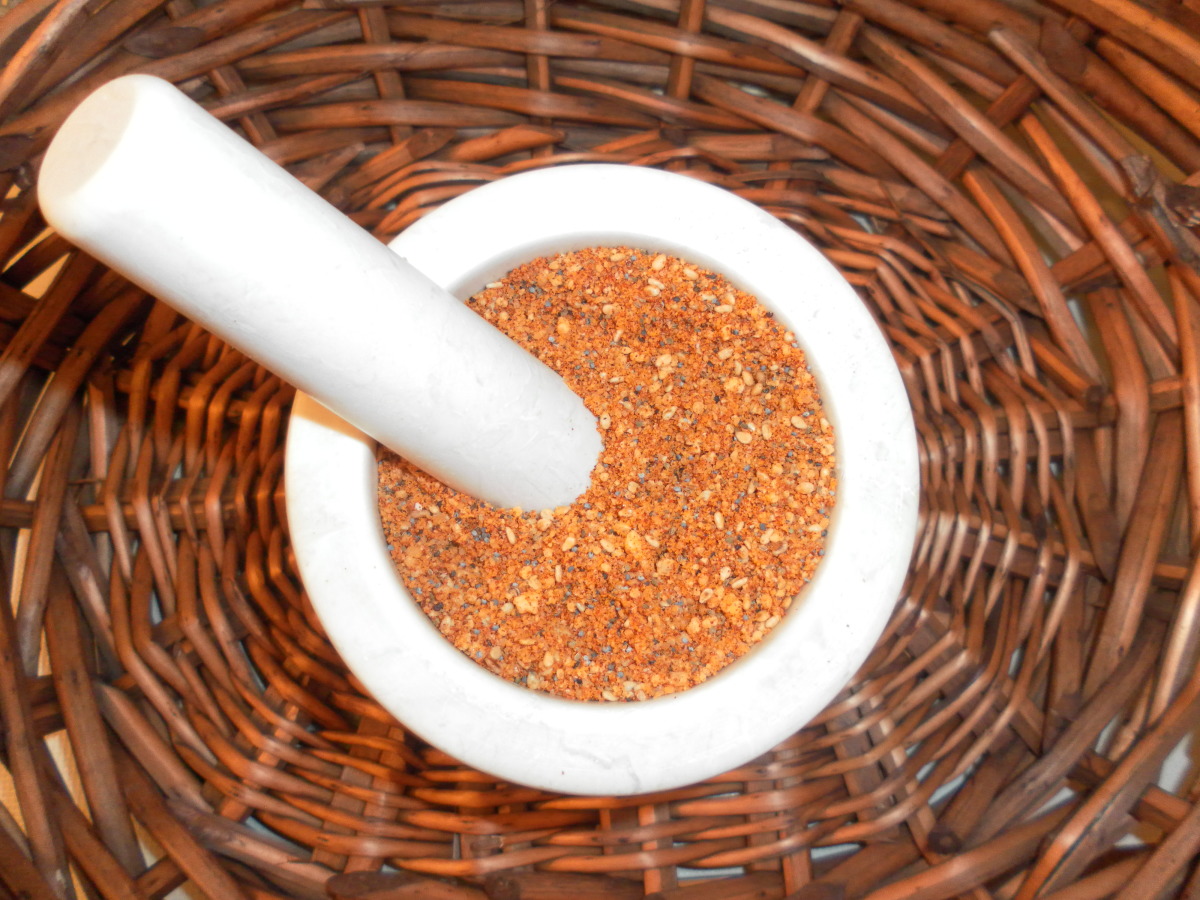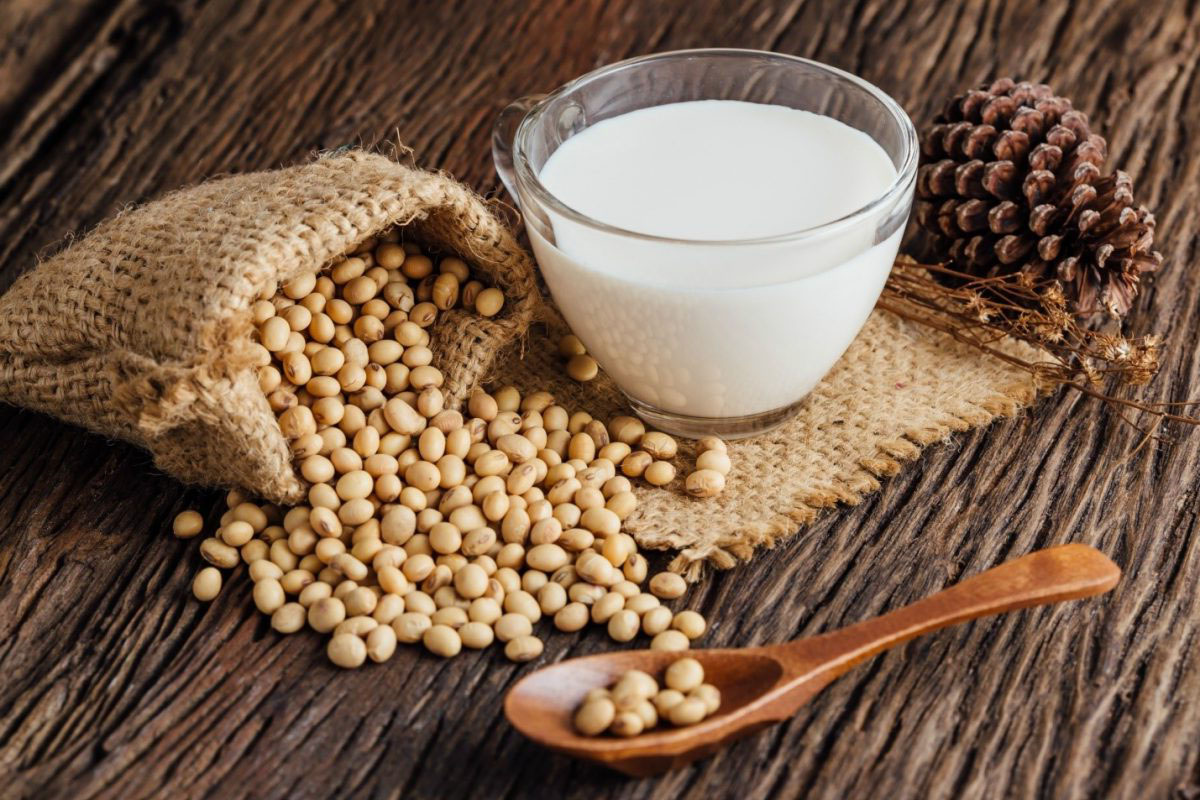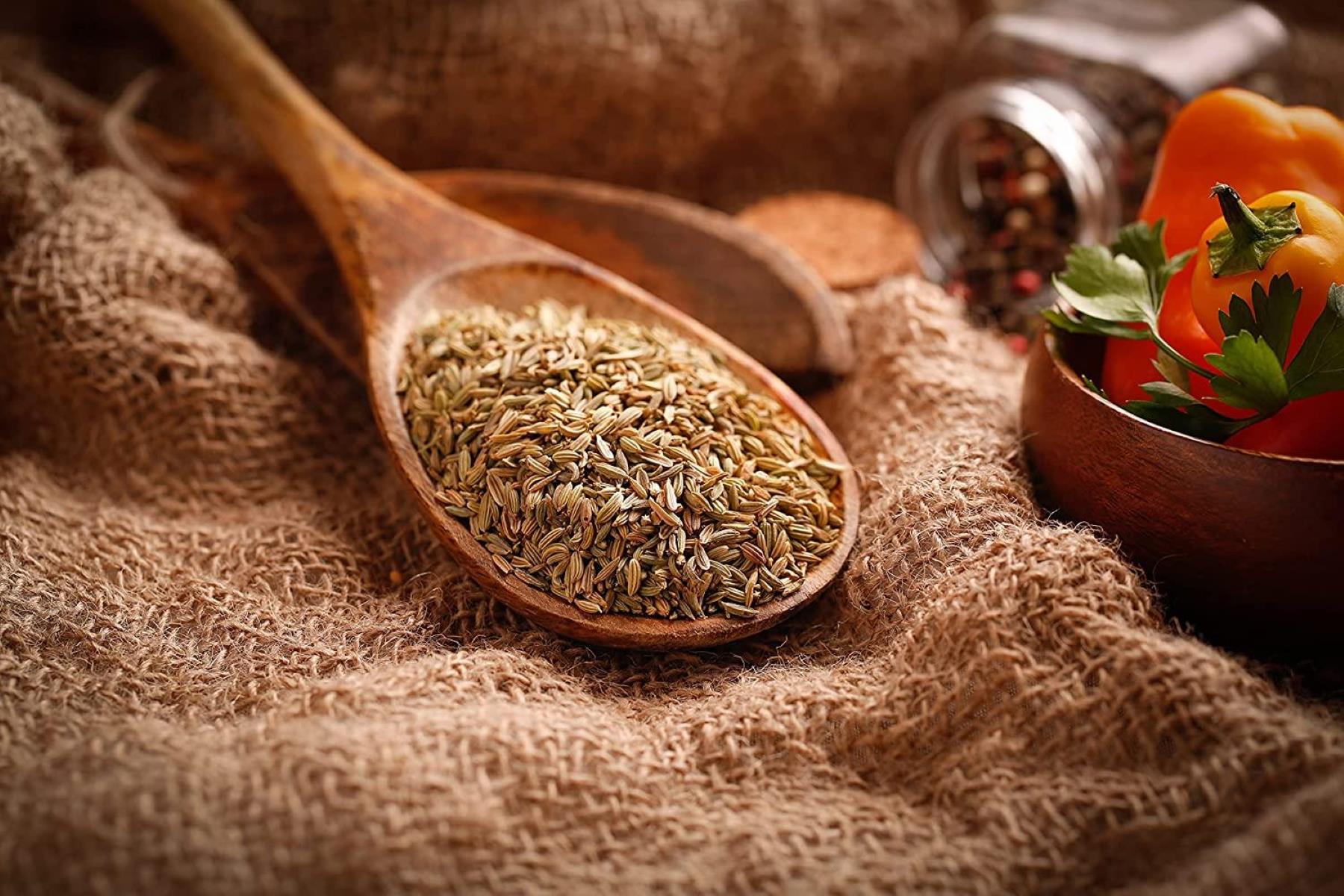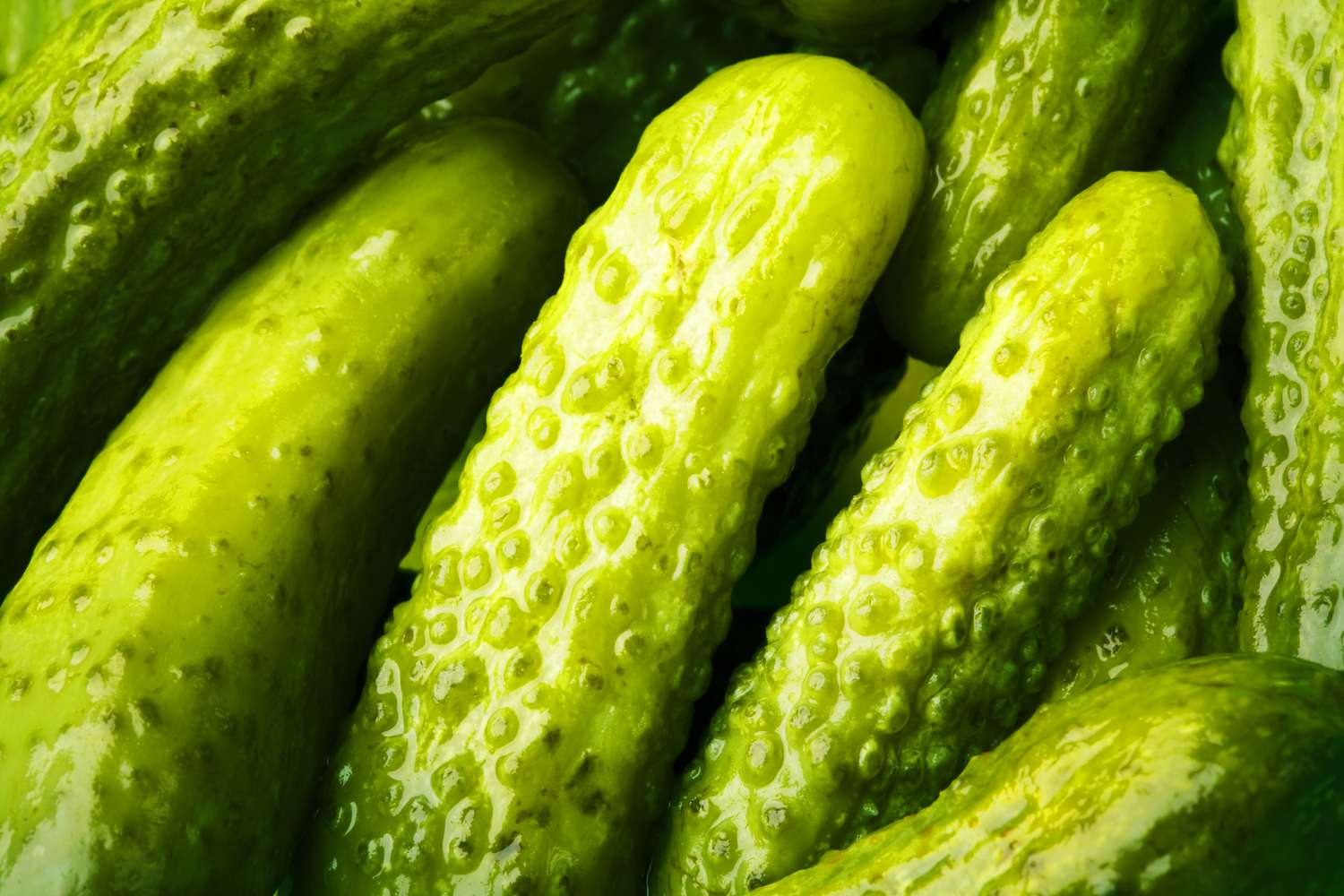What Is Oleo? A Guide to Understanding This Common Ingredient
If you've ever looked at the ingredients list on a food label, you may have come across the term "oleo" and wondered what it actually is. Oleo is a common ingredient found in many food products, but its name can be a bit mysterious. In this guide, we'll explore what oleo is, where it comes from, and how it's used in cooking and baking.
What Is Oleo?
Oleo is a term that is often used to refer to margarine or a margarine-like spread. It is typically made from a blend of vegetable oils, such as soybean, palm, or sunflower oil, along with water, salt, and sometimes milk or whey. This mixture is emulsified to create a spreadable product that can be used in place of butter in cooking and baking.
The History of Oleo
The history of oleo dates back to the late 19th century when the invention of margarine provided a more affordable alternative to butter. In the United States, laws were passed in the 19th and early 20th centuries to regulate the production and labeling of margarine, leading to the use of the term "oleo" to differentiate it from butter.
Uses of Oleo
Oleo is commonly used as a spread for bread, toast, and other baked goods. It can also be used in cooking and baking as a substitute for butter. Additionally, oleo is often used in the production of commercial baked goods and processed foods.
Nutritional Information
The nutritional content of oleo can vary depending on the specific ingredients used in its production. However, in general, oleo tends to be lower in saturated fat and cholesterol compared to butter. It is also often fortified with vitamins and minerals to enhance its nutritional profile.
Is Oleo the Same as Margarine?
While oleo is often used interchangeably with the term "margarine," there can be some differences between the two. In some cases, oleo may refer specifically to a margarine-like spread that is lower in fat and calories than traditional margarine. However, the terms are often used synonymously in many contexts.
Conclusion
In conclusion, oleo is a common ingredient that is used as a substitute for butter in cooking, baking, and as a spread. It is typically made from a blend of vegetable oils and other ingredients and can provide a lower-fat alternative to butter. Understanding the origins and uses of oleo can help you make informed choices about the foods you consume and the ingredients you use in your own cooking and baking.
